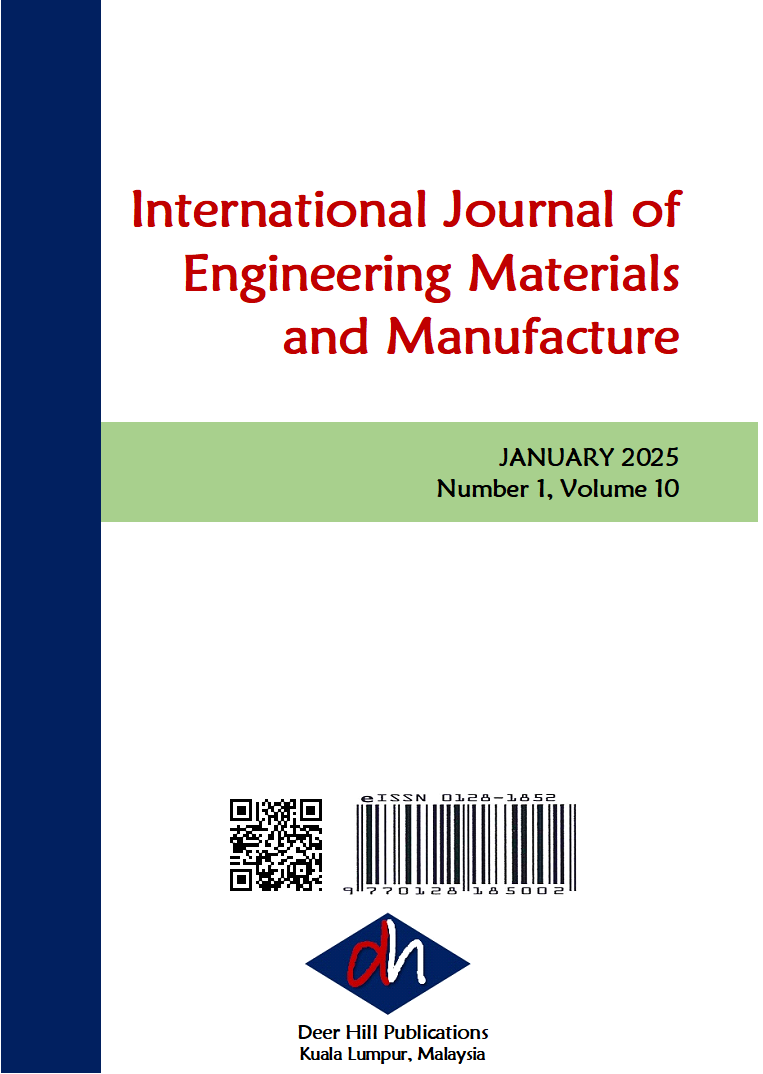Advancements in Nanorobots: Innovating Bladder Cancer Treatments, Diagnosis and Patient Outcomes
DOI:
https://doi.org/10.26776/ijemm.10.01.2025.02Abstract
Nanorobots are an emerging technology that can deliver cancer treatment with increased precision, potentially decreasing unintended side effects commonly seen with surgery, chemotherapy, and radiation therapy. Recent advancements in in vivo trials have demonstrated significant tumor reduction in mice with bladder cancer, showing the potential of nanorobots to not only treat but also improve diagnostic capabilities in cancer therapy. This review aims to highlight the precision of nanorobots, the current knowledge on their use and their potential in clinical applications. The use of nanorobots could lead to better patient outcomes by providing targeted treatment and reducing side effects. Key components of modern nanorobot technology, including self-driving capabilities, biocompatibility, and biosafety, are analyzed. Chemically-driven micro/nanorobots (MNRs) are primarily categorized by the biocompatibility of the materials used and the cytotoxicity of their waste products. Common materials are considered, focusing on size, shape, surface charge, and surface area. While both hydrogen peroxide and urease-driven nanorobots are considered potential fuels for MNRs, urease is regarded as a more biocompatible solution, making it a promising option for cancer treatment. This report emphasizes the potential of nanorobots to revolutionize the treatment of bladder cancer by improving both therapeutic precision and patient quality of life.
Downloads
Published
Issue
Section
License
© Copyright: The Author(s)
Creative Commons: CC BY 4.0
Copyright of articles that appear in International Journal of Engineering Materials and Manufacture (IJEMM) are belonged to “The Author(s)” under terms and conditions of Creative Commons Attribution 4.0 International Public License (CC BY 4.0). https://creativecommons.org/licenses/by/4.0/legalcode
